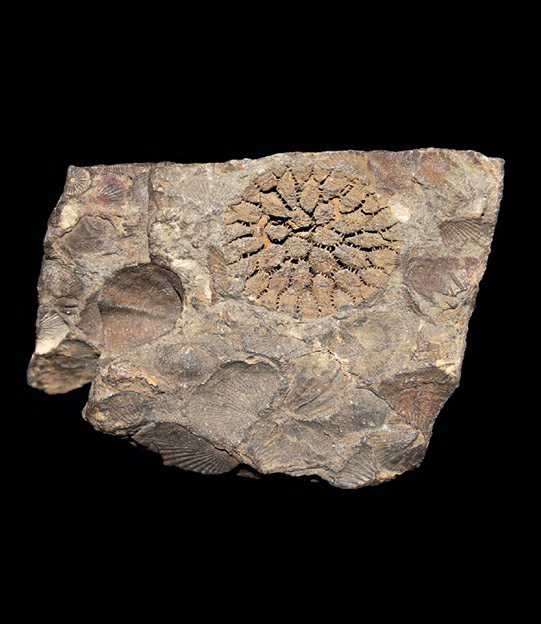Around 252 million years ago, Earth faced its most catastrophic mass extinction event, known as The Great Dying. Occurring at the end of the Permian period, this event is distinguished by its sheer magnitude, with an estimated 96% of marine species and 70% of land vertebrates becoming extinct. This event was so severe that it nearly resulted in the annihilation of all life on Earth.
The Great Dying stands out among the five known large-scale mass extinctions for its rapid and extensive impact on global biodiversity. Previous mass extinctions, like the one at the end of the Ordovician period, which saw the disappearance of 70-85% of all species, were significant but not as devastating.
The causes behind The Great Dying are still under investigation, with hypotheses ranging from abrupt events like meteor impacts or massive volcanic eruptions, to more gradual changes such as shifts in seawater acidity, sea level, or atmospheric oxygen levels. These potential causes suggest either a rapid or a more prolonged climate change as the driving force behind this extinction.
While the exact origins of The Great Dying remain a topic of ongoing research, its impact on Earth’s history is undeniable. The event almost eradicated life on our planet, but the few surviving species eventually thrived, filling new evolutionary niches. However, it took tens of millions of years for life to regain its previous level of biodiversity. This mass extinction underscores the fragility of life on Earth and serves as a stark reminder of the potential consequences of drastic environmental changes.

